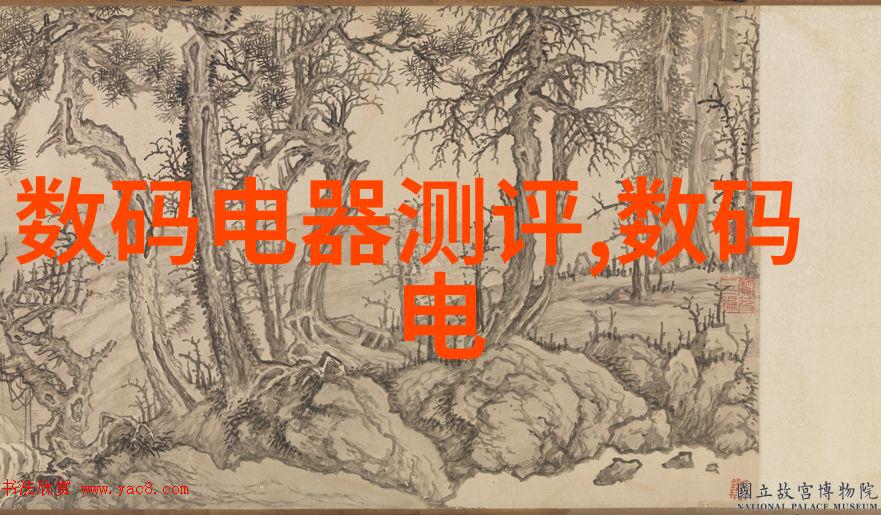您现在的位置是: 首页 - 测评 - 砖的故事岩石变身建筑之基 测评
砖的故事岩石变身建筑之基
2025-02-19 【测评】 0人已围观
简介从自然到工厂 砖的历史可以追溯到远古时期,当时人们发现了用黏土制成的烧制物品,这些物品经过高温处理后变得坚硬且耐久。随着时间的推移,人类开始学习如何在火山附近使用火来烧制这些黏土块,创造出第一批砖。这些早期的手工制作砖被用于建造房屋和其他建筑结构,它们为后来的城市规划和大型建筑工程奠定了基础。 工业革命与标准化 Industrial Revolution era saw the rise of
从自然到工厂

砖的历史可以追溯到远古时期,当时人们发现了用黏土制成的烧制物品,这些物品经过高温处理后变得坚硬且耐久。随着时间的推移,人类开始学习如何在火山附近使用火来烧制这些黏土块,创造出第一批砖。这些早期的手工制作砖被用于建造房屋和其他建筑结构,它们为后来的城市规划和大型建筑工程奠定了基础。
工业革命与标准化

Industrial Revolution era saw the rise of mass production, which revolutionized the brick-making process. New machines were invented to manufacture bricks more efficiently and with greater consistency in size and quality. This led to standardization of bricks, making them easier to use in construction projects.
不同类型、不同的用途

Bricks come in a variety of types, each with its own unique characteristics and uses. Clay bricks are made from clay and shale, while concrete bricks are made from cement, aggregate (sand or gravel), water, and sometimes fly ash or slag. Engineering bricks are stronger than regular bricks due to their high strength grade and low porosity.
设计上的多样性与创新

The versatility of brick allows it to be used in various architectural styles, ranging from modern skyscrapers to traditional homes with intricate designs on walls or facades. Brick is also being used as a sustainable building material due to its long lifespan – up to 100 years without any major repairs – reducing waste generation compared with other materials like wood or plastic.
未来发展与可持续性探索

As concerns about climate change grow worldwide, the development of sustainable building materials has become increasingly important for architects and engineers designing new buildings that can withstand natural disasters while minimizing environmental impact during their entire life cycle — including manufacturing processes that reduce carbon emissions through renewable energy sources such as solar power for kilns.
全球贸易与文化交换
Bricks have played an essential role not only in architecture but also in global trade networks throughout history since ancient times when they were transported along Silk Road routes between Europe and Asia; later on during colonial periods when European powers established colonies around world trading raw materials back home for local construction needs resulting into spread cultural exchange among diverse regions through shared experience using these versatile blocks we call "bricks".






